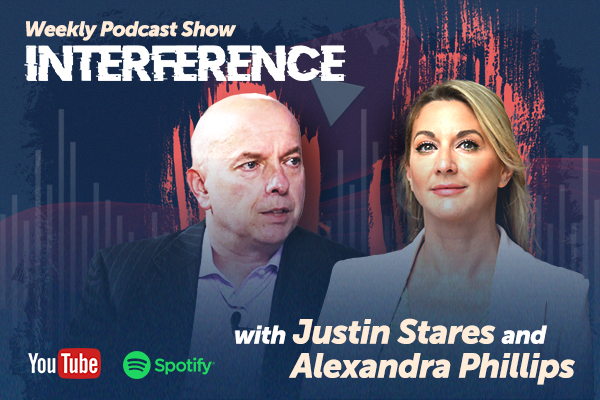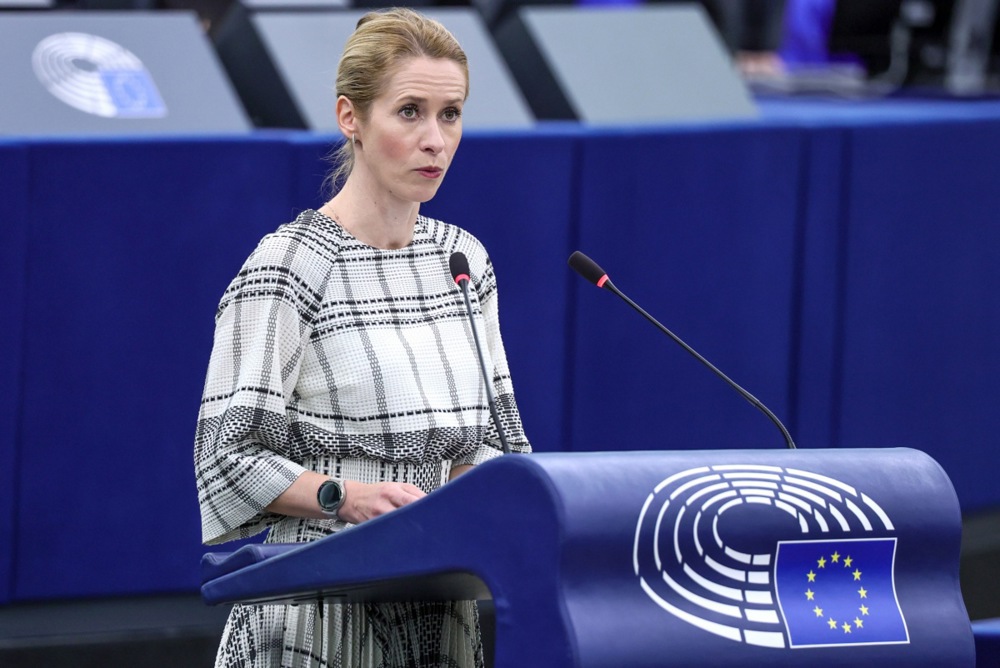The US bombing of Iran’s nuclear sites confirmed what markets had already priced in: Even amid war, volatility, and mounting distrust in Washington, the dollar remained the world’s safe haven.
According to analysts, the dollar’s continued dominance reflects the lack of a credible alternative, rather than investor enthusiasm.
“This isn’t a positive dollar story,” Christofer Govaerts, chief strategist at Belgian Bank Nagelmackers, told Brussels Signal on June 23. “It’s just that nothing else is ready to take its place.”
Govaerts, speaking days after publishing his bank’s mid-year outlook, pointed to a broader loss of faith, not in the dollar itself but in the global system meant to replace it.
Despite growing political and economic uncertainty in the US, no rival currency — not the euro, not the yuan, not even gold — has been able to fill the void.
The calm market reaction to the strikes on Iran overnight on June 21 illustrated the point. US President Donald Trump called the attacks “decisive and proportionate”. He claimed Iran’s enrichment capacity had been “totally obliterated” and warned of far stronger retaliation if Tehran escalated.
But markets barely flinched. Oil prices edged up, gold remained steady and the dollar rose slightly, a muted reaction to a major geopolitical event.
“The geopolitical risk remains, but it has been largely priced in,” Aura Sabadus, energy analyst at ICIS told Brussels Signal on June 23.
“OPEC+ has been increasing production since May and is set to do the same in July.” For now, she added, markets seemed to have “captured the risk”.
This resilience reflected a trend Nagelmackers flagged in its June outlook: While the dollar’s global dominance may erode structurally over time, no immediate shift was underway. Investors, the report cautioned, should not confuse short-term weakness with genuine de-dollarisation.
Recent market performance illustrated the difference. As of May 31, eurozone equities had delivered nearly 14 per cent year-to-date returns, and non-eurozone Europe added 6 per cent, according to Nagelmackers’ data.

Frankfurt’s DAX gained 16 per cent, London rose 8 per cent, and Paris 3 per cent. By contrast, Japan and emerging markets stagnated and US markets fell 8 per cent, driven largely by a 9 per cent depreciation of the dollar.

Yet Govaerts stressed this dollar weakness was more technical than structural. “Seventy to eighty per cent of the market has been positioned short-dollar for months,” he said.
“That creates short-term pressure, but it’s not a sign the euro or any other currency is structurally replacing the dollar.”
The euro, long seen as the most plausible challenger, still lacked the institutional foundations for global reserve status.
In a recent speech, European Central Bank President Christine Lagarde stressed that progress was needed on unified capital markets, a true fiscal union, a co-ordinated defence policy and — crucially — the creation of a pan-European safe asset comparable to US Treasuries.
“Europe is progressing on some fronts,” Govaerts acknowledged, citing discussions on common defence and industrial policy after February’s Munich Security Conference.
“But there’s no unified mechanism to translate political decisions into decisive financial firepower. In the US, fiscal packages can be deployed within days. In Europe, these processes often take years.”
While some investors have rotated into European equities, Govaerts remained cautious. “It could take at least 10 years for the euro to replace the dollar, if it ever does.”
Meanwhile, political risks inside the US continued to mount. Trump’s fiscal plans faced opposition even within his own party, raising uncertainty over debt and trade.
Still, geopolitical instability paradoxically kept reinforcing the dollar’s position.
“The fact that the dollar didn’t act as a safe haven earlier this year was exceptional,” Govaerts said.
“Now we’re back to the old pattern: In crisis, the dollar holds.”





